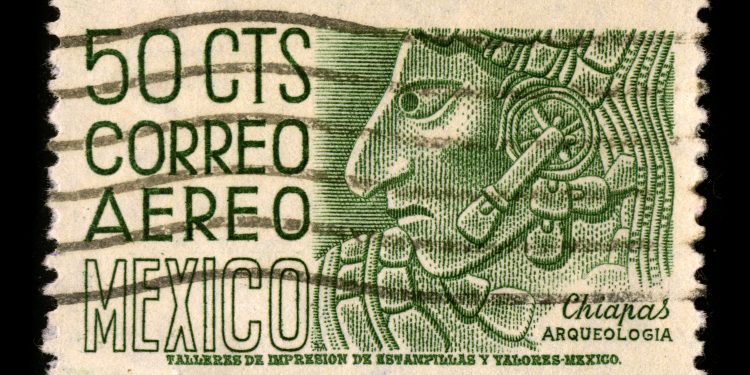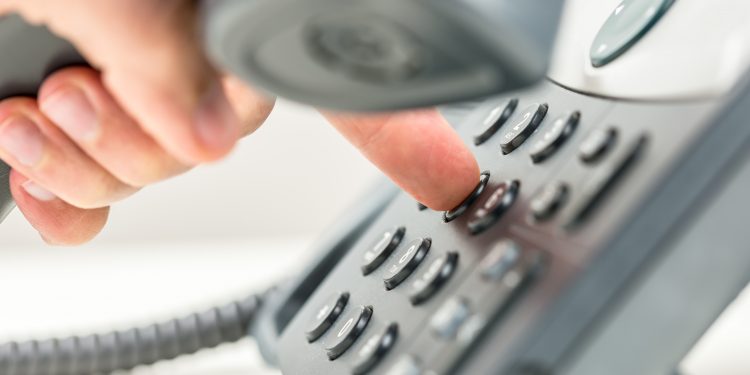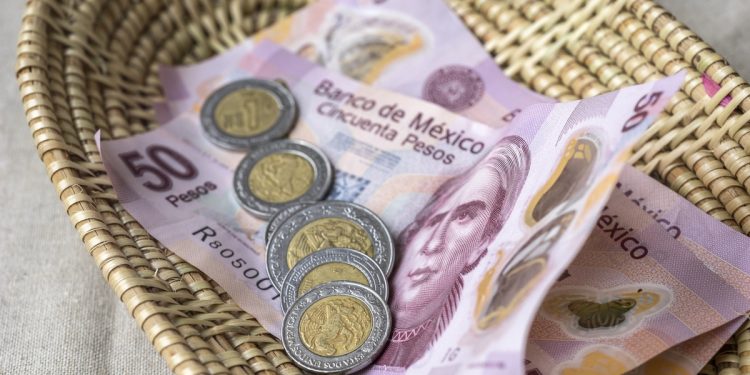November 12 is Dia del Cartero —Postman’s Day— in Mexico. Traditionally, it’s the day of the year when everyone remembers their local post man or woman and gives a small gift in appreciation of the work they do. With the rise of online shopping, it’s worth remembering the couriers, too…
From foot runners to horses
In Spanish, the word for post is correo, from the verb correr, meaning to run. It’s a direct reference to the original ‘message runners’ (corredores) which preceded the formalized postal service.
Postal services are not new to Mexico. During Aztec times, the main pathways and roads connecting different locations had small towers placed alongside them, set apart every ten kilometers (six miles) or so. With these in place, relay runners would carry written messages —as well as other items— using the towers as relay and distribution stations. Legend has it that Emperor Moctezuma ate fresh fish, caught daily off the shores of Veracruz, by means of this ‘relay delivery’ system.
When Hernán Cortés brought horses from Europe to Mexico during the colonial era, horseback riders replaced runners as a means to carry the messages and goods between the main towns and cities across the country.
Postal services and postage stamps
In 1813, Mexico established its first formal postal service, which delivered regular messages between Mexico City and the provinces each month. In 1824, Mexico’s Treasury Department took over the postal system and this led to the issuance of Mexico’s first postage stamp, that featured the ‘father’ of Mexico’s revolution, Miguel Hidalgo y Costilla.
Further developments of the Mexican postal service took place during the reign of Maximilian, which included the installation of post boxes in urban areas. In 1910, Porfirio Diaz ordered the construction of the country’s main post office, the Palacio de Correos, a grand building that remains in operation to this day in the downtown historic district of Mexico City. By this time, trains were also being used to ferry messages and goods around the country.
Modern postal services and courier deliveries
Today, the use of railways has all but vanished so road and air transport systems are now used as the means to deliver post and parcels over long distances. However, the ‘last mile’ of delivery continues to be undertaken by an army of dedicated post men —and increasingly, women, although in Mexico this remains a male-dominated job— on foot, cycle, and most often—motorcycle.
The rise of all things internet and specifically, email, brought about a precipitous decline in ‘regular post’—letters, post cards, and other written correspondence that was delivered almost daily by postal workers and has been largely replaced by electronic equivalents.
More recently, the popularity of online shopping in Mexico has created a parallel ‘postal’ service comprising a small army of couriers delivering packages and goods, and these also serve as deliverers and collectors, picking-up items from customers’ homes when they decide to return goods for a replacement or a refund.
The two big international companies, DHL and FedEx, have extensive operations in Mexico and there are also several national companies, the leading one is Estafeta.
Mexico’s national postal system also has a courier division, and Amazon Mexico also runs its own delivery service network in some of Mexico’s bigger towns and cities as well as contracting private third parties to courier its packages around the country.
Remembering your postal and courier delivery services
Dia del Cartero was first established in Mexico on November 12, 1931, and in 1947 the post office printed its first special stamp commemorating the work and efforts of the nation’s postal delivery men, labeling it “Anonymous Hero.”
Showing your appreciation with a tip
If you live in Mexico and regularly get post through the regular mail, it’s customary to give your local post man or woman a gift—usually a small cash tip on this day, or more likely during the month of November on day when you receive post or see your delivery person in the neighborhood.
In some localities, the postmen drop a small printed envelope through letterboxes reminding people of the date and into which a small cash tip can be placed and returned. (Leave the tipped envelope slightly protruding from your letter box, on the outside.) The tip is discretionary; $50 pesos would be fine, and double that amount if you regularly receive ‘snail mail’ post in Mexico. This token of appreciation is an important cultural protocol as well as making a contribution to the people who serve your local community.
Tipping couriers
In these days of online shopping, many deliveries are now made by couriers instead of the traditional postal service. You might consider paying an occasional small tip the courier for each delivery, or if the couriers that service your neighborhood become known to you as regular delivery people, you can tip them in November, and/or alternatively around Christmas time.
Learn about communications in Mexico
Mexperience publishes a series of articles keeping in touch in Mexico, using postal services, couriers and electronically.
- Guide to communications in Mexico
- Cost of utilities and communications in Mexico
- Telephony Services in Mexico
- WiFi and Internet services in Mexico
- Directory of couriers and telephony companies in Mexico
Mexico in your inbox
Our free newsletter about Mexico brings you a monthly round-up of recently published stories and opportunities, as well as gems from our archives.








